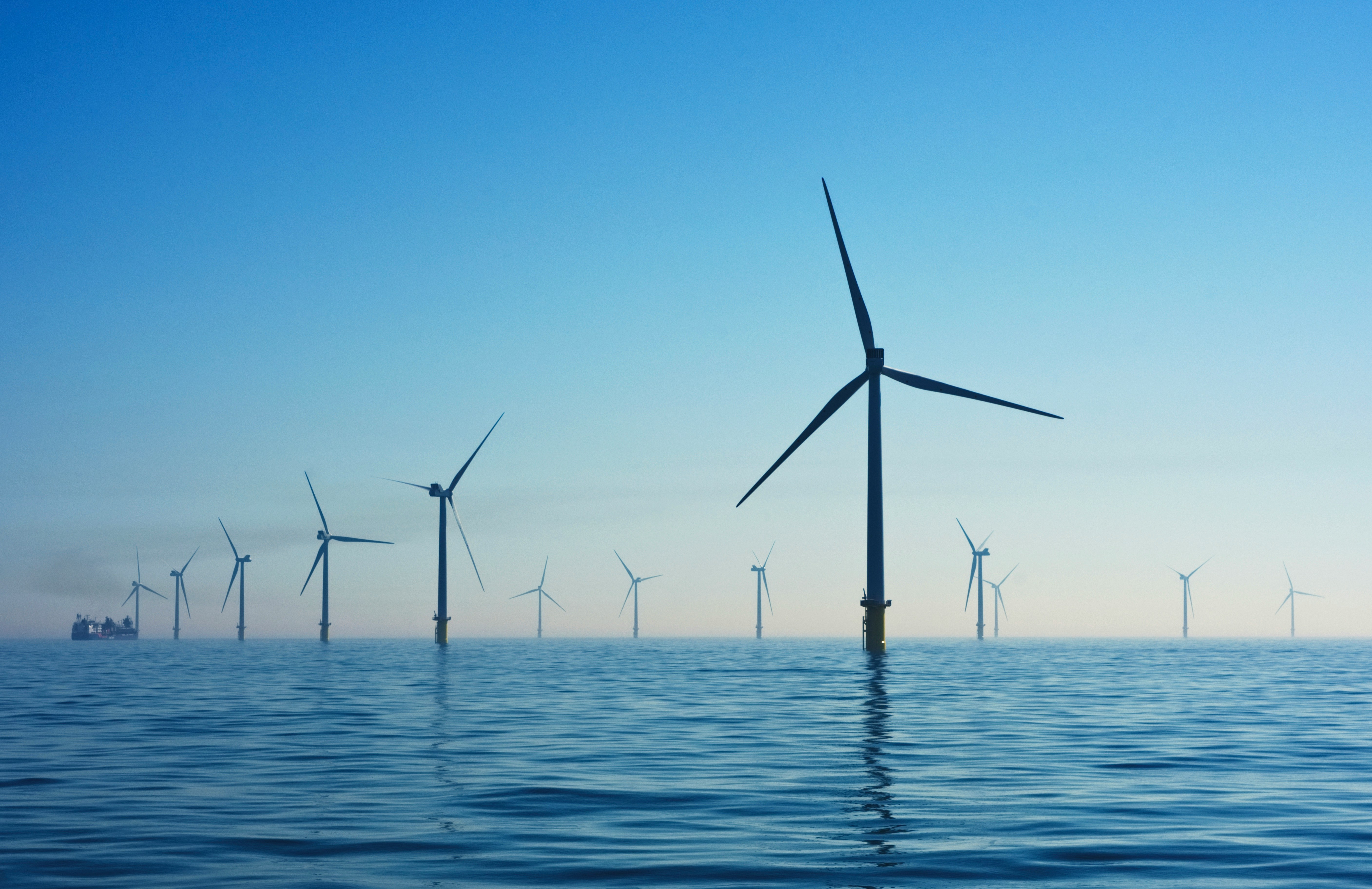Expert Reaction
These comments have been collated by the Science Media Centre to provide a variety of expert perspectives on this issue. Feel free to use these quotes in your stories. Views expressed are the personal opinions of the experts named. They do not represent the views of the SMC or any other organisation unless specifically stated.
Professor Craig Stevens, Professor in Physics, University of Auckland, and Principal Scientist - Marine Physics, NIWA
There is a clear need to produce fewer greenhouse gases. One pathway towards this is to increase the proportion of low-emission energy. While Aotearoa New Zealand already has good renewable electricity thanks to hydro and geothermal, there are substantial emissions in the non-electricity sector.
“One approach to increasing renewable energy is to build offshore wind farms, which is a growth area internationally. From the point of view of the environment and ecological systems, the overarching environmental benefits of constraining emissions are large. Balancing this positive, any activity in the environment has an impact.
Dr Rachel Hale, Marine Ecologist at NIWA and lead author of this paper:
The synthesis motivated a group of researchers (NIWA, Plant and Food and University of Auckland) to examine available ocean impact data - especially where the data are likely to be globally unique.
“The synthesis of potential ocean impacts identified significant deficits in baseline data when compared to developments internationally. While there will be changes similar to habitat modification and mixing of coastal stratification, there will also be unique themes such as seabird behaviour and marine mammal migration. We were also able to identify positive environmental effects, beyond emissions mitigation, in terms of additional habitat as well as reduction of some activities.
“One aspect that was supported strongly by the international reviewers was the Te Tiriti perspective on how any impacts should be considered.



 New Zealand
New Zealand


